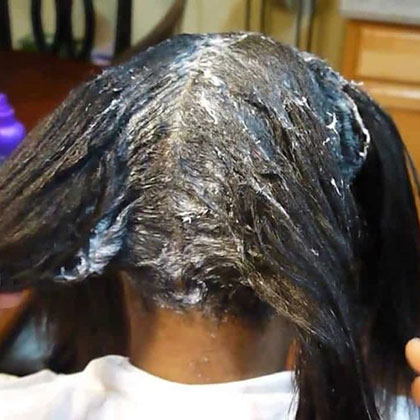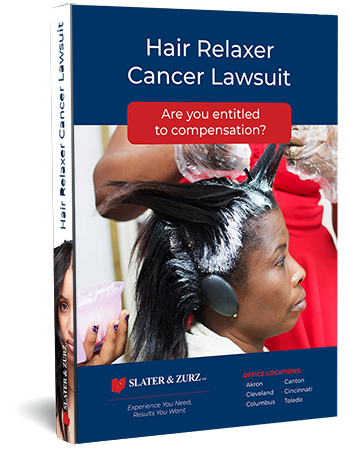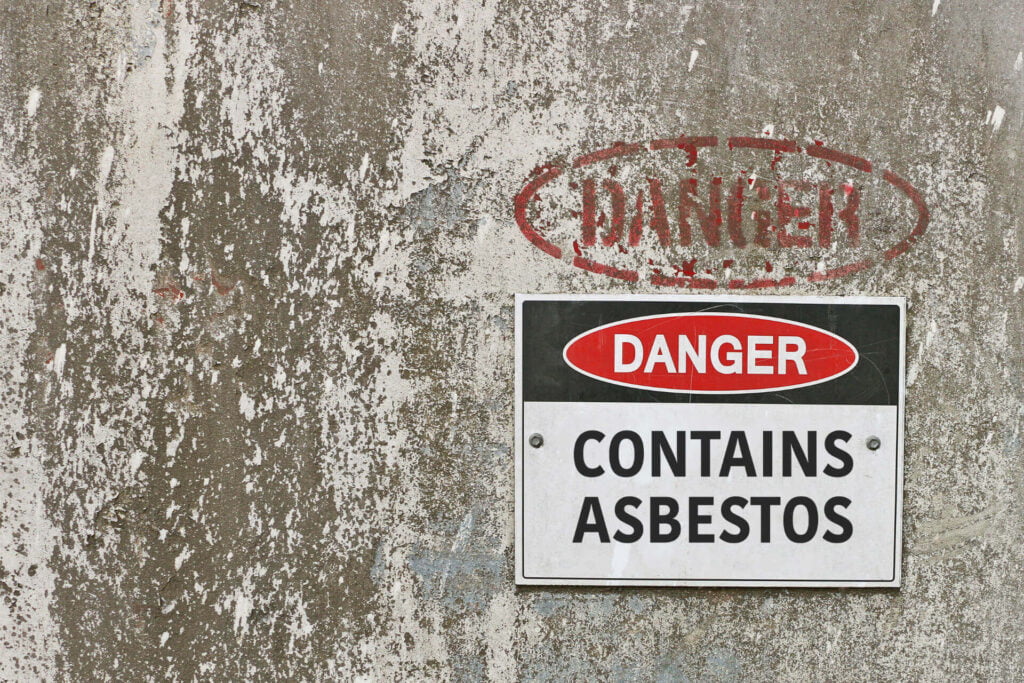
Chemical hair relaxers are notoriously hard on your hair. They work by using harsh chemicals to permanently break chemical bonds in your hair. When they are used correctly, curly hair becomes straight. If they are used incorrectly, you suffer scalp burns and permanent hair loss.
Now scientists believe hair relaxers could also cost you your life. In 2021, a research study found that women who use hair relaxers and relaxers have an increased risk of ovarian and other types of cancers. These life-threatening diseases could require expensive treatment that might not ultimately succeed.
How Hair-Straightening Chemicals Work
Hair-straightening chemicals use sodium hydroxide, also known as lye, to permanently break disulfide bonds between protein molecules. By itself, lye is dangerous. Homeowners use lye to clean kitchen drain pipes because the highly alkaline chemical dissolves grease and other organic material stuck in your drain.
To make sodium hydroxide more effective as a hair straightener, chemical companies add other ingredients to it. Many of these chemicals, like petroleum jelly and mineral oil, pose no known health risks. But some of the chemicals added to these products significantly increase your cancer risk with regular use.
Phthalates are polyvinyl chlorate (PVC) plasticizers. These chemicals are used in industrial processes to make plastics more flexible and easier to pour or inject. They are used in beauty products like shampoos and hair-straightening products to make them easier to handle. They make the product more viscous yet more pourable.
In the case of hair relaxers, phthalates give the chemicals the viscosity to stick to the hair while it breaks the protein bonds.
Health Risks of Hair-Straightening Chemicals
Scientists have identified a statistical correlation between the use of hair relaxers and relaxers and an increased risk of ovarian and uterine cancers. They have focused on phthalates as the likely culprit. Some products alleged to contain phthalates include:
- Revlon Professional
- Revlon Realistic
- French Perm
- Crème of Nature
- Herba Rich
- Fabulaxer
- African Pride
- All Ways Natural Relaxer
Phthalates are endocrine disruptors. The endocrine system is responsible for producing, storing, and releasing hormones. Hormones are chemical messengers. They signal your body and its cells to grow, metabolize, and even release other hormones.
Although most people think of hormones only as they relate to puberty, these chemicals are used by the body to control all types of functions. Insulin, for example, is the hormone the body uses to signal your cells to absorb glucose from your bloodstream.
Hormones are responsible for cell growth, particularly in the reproductive system. Scientists do not know exactly how phthalates increase cancer risk. But they hypothesize that phthalates disrupt the hormones that tell cells to stop growing. Without these chemical stop signs, cell reproduction goes out of control. As a result, you could develop tumors in the ovaries and uterus.
The phthalates in hair-straightening chemicals have been proven to increase cancer risk by as much as 30% in women who used the products:
- At least seven times per year, and
- For at least 15 years
Unfortunately, this level of long-term use can lead to ovarian cancer.
What Is Ovarian Cancer?
The ovaries are highly sensitive to hormone levels. They can easily develop growths. In many cases, these growths are benign. Ovarian cysts happen when normal cells form fluid sacs. These growths come and go, sometimes as often as every menstrual cycle.
Ovarian cancer happens when you get a mass of mutated cells in or on your ovaries. These cells reproduce uncontrollably and develop into a tumor. Tumors do not go away on their own. Instead, you must have tumors removed surgically.
Unfortunately, surgery might not be the end of your cancer treatment. Cancerous cells can migrate from the ovaries into other parts of the body. If the cancer spreads to the lymph nodes or brain, it could take your life. Because of this, doctors may also treat you with chemotherapy or radiation to kill the cancerous cells that have spread elsewhere.
The survival rate for ovarian cancer depends on when doctors discover and begin treating it. When discovered in stage I, ovarian cancer has a five-year survival rate of over 89%.
Unfortunately, the majority of cases of ovarian cancer are not discovered until they reach stage III. At stage III, the cancerous cells have spread throughout or even beyond the pelvic region. The five-year survival rate at this stage is 41%.
Thus, surviving ovarian cancer depends heavily on careful monitoring. Some common symptoms of ovarian cancer include:
- Bloating or swelling of the abdomen
- Weight loss
- Pain or discomfort in the pelvic region or back
- Fatigue
- Constipation and frequent urination
Doctors can sometimes identify ovarian cancer with an ultrasound or CT scan. Images from these tests will show the growth. But to definitively diagnose cancer, your doctor will need to perform a biopsy of the tumor and send the cells to a lab.
Lawsuits Related to Ovarian Cancer from Hair-Straightening Chemicals
In 2022, a woman filed a lawsuit in Illinois alleging that her use of chemical hair relaxers caused her uterine cancer. In her lawsuit, she stated that she had used the hair products for 18 years before her cancer diagnosis. She pointed to the phthalates and other endocrine-disrupting chemicals as the cause of her cancer.
Finally, she took the manufacturers to task for marketing these products to Black people for strictly cosmetic purposes to meet an imaginary standard of beauty.
Since then, over 70 additional lawsuits have been filed by injured users of hair relaxers. These lawsuits allege that the women suffered ovarian cancer, uterine cancer, and endometriosis as a result of hair-straightening chemicals.
These lawsuits are in their early stages. But in March 2023, several of the lawsuits were consolidated into a class action lawsuit in Illinois. In that case, the judge authorized a streamlined process for other women to join the class action lawsuit.
Download Our Free Hair Relaxer Lawsuit Guide
If you’re considering filing a hair relaxer lawsuit, the hair relaxer lawsuit guide can provide you with in-depth information and answer common questions to help you navigate the process. It also offers guidance on how to file your lawsuit.
Hair Relaxer Lawsuit Guide

How to Join the Class Action Lawsuit
To join the hair relaxer lawsuit, you and your lawyer simply need to file a lawsuit in the Northern District of Illinois for ovarian cancer arising from the use of chemical hair relaxers and straighteners. The lawsuit must reference the class action lawsuit on its cover sheet.
Contact Slater & Zurz for a free consultation to discuss your ovarian cancer diagnosis and your right to pursue injury compensation from manufacturers of hair relaxers and straighteners.
Additional Posts about the Hair Relaxer Lawsuit
Hair Relaxer Lawsuit: 2023 Latest News And Updates





